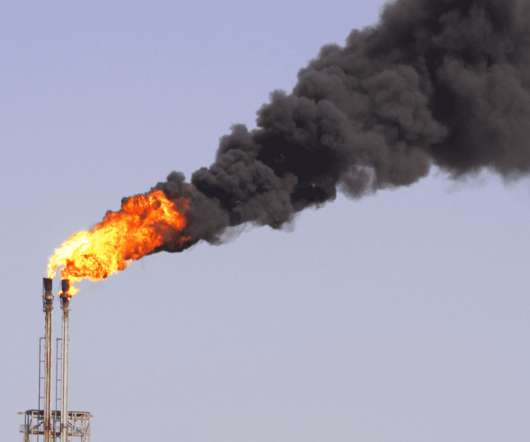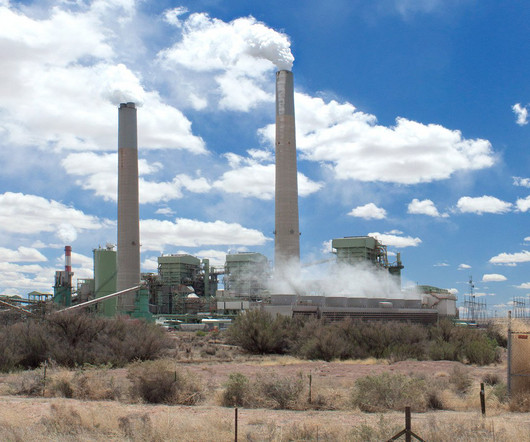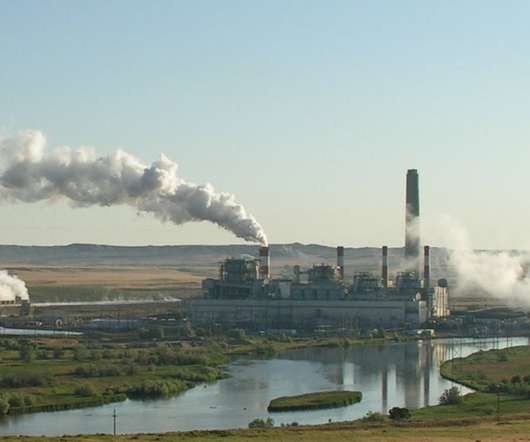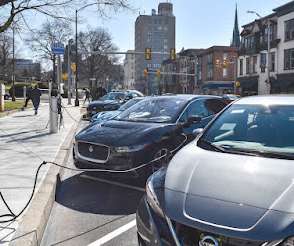Five Reasons “Natural” Gas is Bad for You and the Environment
Enviromental Defense
FEBRUARY 10, 2023
“ Natural” gas is not clean or green, as its misleading name implies Every reputable environmental organization and energy agency around the world is saying we can’t build new gas projects if we want to avoid complete climate chaos. Using gas appliances at home creates indoor air pollution and can lead to asthma in children.

























Let's personalize your content